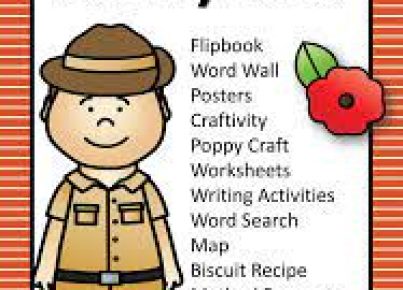Introduction
As we honor the leaders of our nation’s past and present on Presidents’ Day, why not celebrate in a fun and educational way? In the spirit of George Washington (whose face adorns the American quarter) and Abraham Lincoln (gracing the penny), let’s delve into some engaging coin-based experiments. These activities will not only deepen your understanding of coins but also provide an enjoyable and memorable way to commemorate this holiday.
Experiment 1: Density Investigation
Discover the densities of various coins using a simple water displacement method. All you need are a graduated cylinder, water, and your coins.
Procedure:
1. Fill your graduated cylinder with a specific amount of water. Record the initial water level.
2. Drop in the coin and observe the water level change.
3. Calculate the volume difference to find the coin’s volume.
4. Weigh the coin using an electronic scale or balance.
5. Compute the coin’s density using its mass (weight) divided by its volume.
Repeat this process for different coins and compare their densities. You may be surprised by what you find!
Experiment 2: Coin Battery
Did you know that certain coins can generate electricity when combined with other materials? Create your own coin battery using quarters, pennies, aluminum foil, vinegar-soaked paper towels, and a voltmeter.
Procedure:
1. Cut out circular pieces of aluminum foil to match a quarter’s size.
2. Soak paper towels in vinegar and cut them slightly smaller than a penny’s diameter.
3. Create layers as follows: penny > vinegar-soaked towel > aluminum foil > quarter
4. Continue layering until you have built up multiple layers (about 5-10).
5. Attach one end of your voltmeter to the top penny and another end to the bottom quarter.
6. Measure or notice any voltage generated.
The combination of vinegar and the different metals creates a chemical reaction that produces a small electric charge. Experiment with the number of layers and see the difference in voltage output.
Experiment 3: Coin Cleaning
Have you ever wondered how to bring back the shine in old, dirty coins? Try experimenting with different cleaning solutions to see which work best.
Procedure:
1. Gather your old coins and note each coin’s initial condition.
2. Segregate coins by type and try cleaning them with various household cleaners, such as warm soapy water, vinegar, ketchup, or baking soda.
3. After applying the chosen cleaner, observe each coin’s change, if any. Remember not to scrub too hard to avoid scratching the coin’s surface or diminishing its value.
4. Record the results and compare the effectiveness of each cleaning method.
Note: Avoid using this method on valuable or collectible coins, as it may devalue them.
Conclusion
Celebrate Presidents’ Day by experimenting with coins that feature some of our country’s most influential leaders. These hands-on activities not only teach you about coins themselves but also enable you to explore fascinating scientific principles ranging from density to electricity generation to chemical reactions. This Presidents’ Day, make learning fun by diving into the world of coins!





